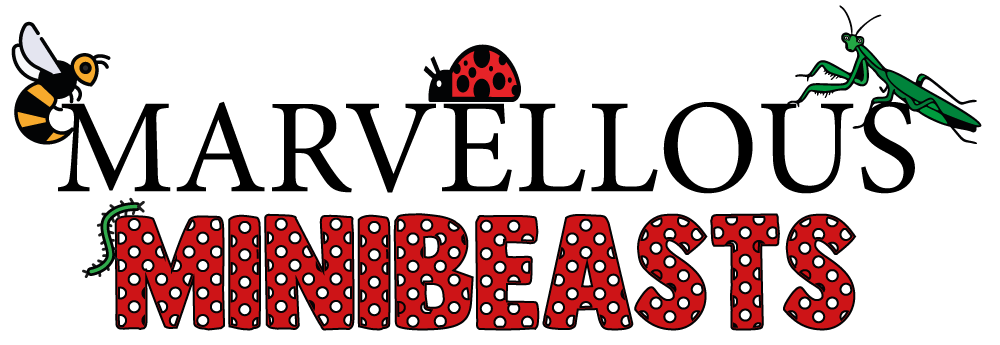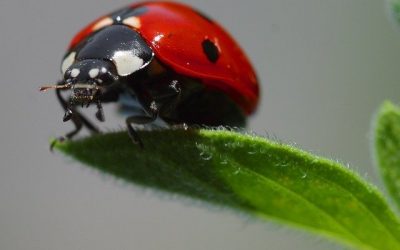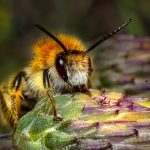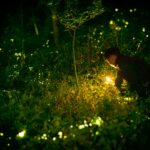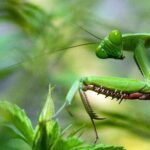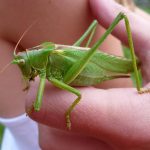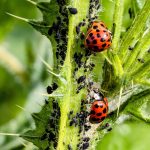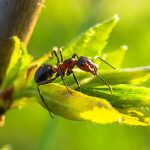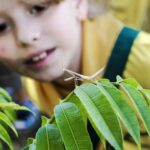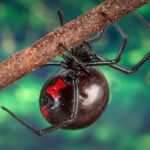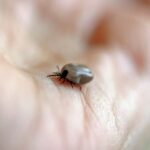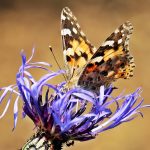There are almost 60 species of butterfly here in the UK, and this guide will help you to not only find them, but we will also show you how you can increase the numbers of these beautiful creatures. Butterflies play an essential role in our ecosystem by pollinating flowers, so it is vital to expand their population.
The number of butterflies is dwindling due to a lack of green space and wildflowers, but we can help to increase the numbers by planting wildflowers in our gardens and providing food and natural habitats for them.
What is a butterfly?

A butterfly is a beautiful flying insect that comes from the macrolepidoptera family. It has large colourful scaly wings and tiny sensory hairs that cover its body, including the feet which they use to taste and smell. Believe it or not, the wings on a butterfly are transparent, and the wings are covered in scales; these scales give butterfly wings their colour.
Butterflies are often polymorphic, which means they can camouflage themselves using mimicry to protect themselves; they pretend that they are foul and nasty tasting or even poisonous to defend themselves from predators. Butterflies have antennae which they use to sense the air for wind and scents and are covered with sensors known as sensillae.
The life cycle of a butterfly
A butterfly is the result of a four-stage process that starts with an egg;
- The egg (also known as ovum) turns into a caterpillar
- The caterpillar (lava) turns into a chrysalis
- The chrysalis (pupa) finally becomes a butterfly (imago)
A female butterfly lays her eggs, usually on the leaves or the stems of plants that will support a growing caterpillar. The caterpillar stays inside the egg until it grows big enough to eat its way out. By the time it is ready to hatch, It can grow as much as 100 times bigger than when it was laid.
Butterfly eggs are small; they can be oval, round and even cylindrical.
The texture of an egg can be smooth, bumpy and even wrinkly depending on the species. Eggs usually hatch within a few weeks of being laid, but some species of butterfly eggs only hatch during warmer temperatures.
When the caterpillar is ready to leave the egg, it will start to eat its way out, feeding on the surrounding plants. A caterpillar will shed its skin 4-5 times during this stage; the skin will become so tight it splits open, revealing a new one underneath.
When the caterpillar is fully grown, it forms itself into a chrysalis (pupa). Depending on the butterfly species, the chrysalis stage can last anywhere from a few weeks to several months. A rigid case forms around the chrysalis during this time, protecting it from predators and extreme weather conditions.
When the butterfly is ready to emerge from the chrysalis, it splits open. The butterfly cannot fly straight away as its wings are wet, soft and wrinkled against its body. The butterfly waits for its wings to dry, and it pumps a liquid called hemolymph into them. Once this process is complete, it will search for food and a mate, and the cycle starts all over again.

The life span of a butterfly
A butterfly’s lifespan depends on the species, but weather conditions can also affect its survival. Some species migrate to warmer climates because they cant withstand the winter months. Butterflies live for around 2-4 weeks, but they can live up to 12 months, no adult butterfly will live longer than 12 months.

What is pollination?

Pollination is a process by which flowering plants can reproduce. For a plant to be able to produce offspring, it must be fertilised with pollen; the process allows it to develop seeds that will grow into new plants. Without pollination, plants wouldn’t be able to reproduce, which is why bees and butterflies are so important to our ecosystem. Some flowers can self pollinate, but most are cross-pollinators which means they need pollen from other flowers. Flowers produce nectar, a sweet liquid that butterflies and bees like to eat, while they are feeding on the nectar the pollen attaches to them, and they transfer it to the next flower.
Planting for butterflies
Gardens can provide a fantastic natural habitat for butterflies, and don’t worry, even if you have a small garden, there are still things you can do to help. Butterflies feed on nectar, so the best way to encourage more butterflies to visit your garden is by planting lots of colourful flowers.

Flowers that butteflies are attracted to
- Buddleia
- Primrose
- Lavender
- Red campion
- Bird’s foot trefoil
- Cornflower
- Clover
- Bluebell
- Aubretia
- Cuckooflower
- Daisy
- Dandelion
- Forget-me-not
- Pansy
- Primrose
- Sweet rocket
- Wallflower
Planting for caterpillars
- Grasses
- Lime (Tilia species)
- Nasturtiums
- Oaks
- Nettles
- Sweet bedstraw
- Bird’s foot trefoil
- Willows
- Blackthorn
- Hawthorn
- Hops
- Comfrey
Food for butterflies

As well as planting flowers for butterflies and their caterpillars to feed on, you can also provide them with a sweet snack to give them an energy boost when they get tired. This is especially important in autumn when most plants have finished flowering.
Butterflies love sugar water; you can make this by adding a quarter of a cup of sugar to two cups of hot water, stir the mixture until the sugar has dissolved completely and leave to cool. Another great sweet treat for butterflies is overripe fruit placed in a warm, sunny spot; mashed bananas are a huge favourite.

Where to find butterflies

Some butterflies migrate during the winter months, so the best time to find butterflies is during the warmer months during the spring and summer. Butterflies love flowers and fruit; If you go to places with many wildflowers or fruit trees, you are guaranteed to find butterflies.
Butterflies are not very active during the winter, making them difficult to find, but they come alive in warmer climates, flitting from flower to flower. Butterflies love nectar; they have receptors on their feet, which they use to smell and taste with. Once they find some nectar, they use their tongue for drinking.
Places to visit
- Local gardens that have lots of flowers
- Botanical gardens that grow lots of different varieties of flowers
- Parks where wildflowers grow
- Open fields, hedges and meadows that have lots of natural wildflowers
- Butterfly houses

Endangered butterflies

There are many butterflies in danger in the UK, and one of them is the Argynnis Adippe. Sadly this butterfly has disappeared from most of England and Wales and is now confined to just four locations. You will see them flying over the tops of bracken or in low vegetation in woodland clearings in Morecambe Bay Limestones, Dartmoor and Exmoor.
Fully protected
- Heath Fritillary
- High Brown Fritillary
- Large Blue
- Large Copper
- Marsh Fritillary
- Swallowtail
Partially protected
- Adonis Blue
- Black Hairstreak
- Brown Hairstreak
- Chalkhill Blue
- Chequered Skipper
- Duke of Burgundy
- Glanville Fritillary
- Large Heath
- Large Tortoiseshell
- Lulworth Skipper
- Mountain Ringlet
- Northern Brown Argus
- Pearl-Bordered Fritillary
- Purple Emperor
- Silver-Spotted Skipper
- Silver-Studded Blue
- Small Blue
- White-Letter Hairstreak
- Wood White
Important Information
When creating a butterfly-friendly garden, please don’t buy peat compost. Peat is taken from peat bogs which are home to many unique animals and plants, including the Large Heath butterfly, which is in decline. There are many alternatives to peat available in most garden centres.
When possible, avoid using insecticides and herbicides in your garden; they kill butterflies and other essential pollinating insects. By not using them you will also encourage other insects to inhabit your garden, like bees, beetles, spiders and ladybirds.
You Might Also Like
Do Ladybugs Bite Or Sting?
Ladybugs, also called ladybirds in the UK, belong to the Coccinellidae family, and they are a small type of beetle.
Are Ladybugs Harmful?
There are thousands of different types of ladybug species and they come in a variety of different colour combinations.
